Hello, CX Leadership aficionados! Welcome to a conversation that is as vital as it is often underestimated: budgeting. As CX leaders, it’s crucial to understand that no budget means no results. In the latest episode of CX Leaderships Talks, we’ll explore how effective budget management can help you achieve exceptional outcomes within your organization, your team, and your role as a leader.
Why does budget matter? Just like Global CX Day, understanding your budget is a key factor in driving customer experience success. It’s the foundation upon which you can build impressive results. By tailoring your budget strategy, you can enhance your influence, pioneer initiatives, and lead with impact. I’ll guide you through this in three levels, breaking down the nine pivotal initiatives that will elevate your CX strategy.
So, how do you ensure your budget works for you? Here we go, level by level:
1. Organization level
- Customer service projects: Collaborate with operational budget holders in frontline positions to boost customer engagement and reduce costs.
- Digitization and technology: Partner with IT for digital tools and AI integration, aligning future-focused projects with CX objectives.
- Future state and innovation: Join strategic planning and prototyping to secure R&D or strategy budgets that propel innovative CX ideas.
2. Team/ Program level
- Employee engagement and culture: Merge HR budgets to align employee experience with customer experience, enhancing recruitment and onboarding processes.
- Leadership development programs: Influence leadership training to integrate CX lessons, ensuring the customer is always part of the executive mindset.
- Shared budget collaborations: Identify and tap into existing budgets, fostering alliances across departments to power CX projects.
3. You as leader
- Understanding budget processes: Learn the ins and outs of budget processes in your organization, timing, decision-making, and proposal formats.
- Tailor budget pitches: Craft your pitches to resonate with the priorities of decision-makers, linking CX initiatives to business goals.
- Propose pilot projects: Get approval for small-scale, clear-cut projects that can be expanded based on success – starting modestly with visible outcomes.
Budget strategy isn’t merely an annual exercise. It’s about thinking strategically, two or three years into the future, to continue evolving with industry trends and organizational goals.
By securing, collaborating, and innovating within your budget strategy, you’ll ensure that resources are available to maximize your team’s impact. Now is the time to assess: do you have enough budget aligned with your objectives? Who are your allies in this budget journey? The answers could transform your growth in the coming years.
Finally, remember: engaging in the budgeting process and strategizing effectively will enhance your leadership role, showcasing the value of your initiatives to the entire organization. What’s your biggest takeaway from our budgeting exploration? Share your thoughts with me – I would love to hear them!
Let’s lead the charge to a more impactful CX year ahead. Here’s to spicing up leadership and seizing every budget opportunity!
Until next time, keep spicing up your Customer Experience leadership.
*****
Nienke Bloem is often called the Customer Experience speaker in the blue dress.
She’s a global CX thought leader, educator and a global keynote speaker who inspires audiences with best practices and proven methodologies. She leads a speaking practice, a CX game company and a training business; she breathes Customer Experiences and is author of two CX books.
Her two-day Customer Experience Masterclass is known as the best program to prepare for your CCXP and she is the go-to person voor CX leaders who want to advance their leadership and bring direct results from their Customer Experience transformation programs. Since 2020, she hosts a CX Leadership Masterminds program and helps leaders spice up their leadership and deliver an engaging CX Story including a solid CX Strategy. Besides, she is a modern-day pilgrim and found the parallel with leading customer centric transformations.
With her over 20 years corporate experience, she speaks the business language. Her keynotes and education programs in Customer Experience are inspiring and hands-on. She is one of the few Recognized Training Partners of the CXPA and it is her mission to Make Customer Experience Work and help you deliver business results. Subscribe to her weekly CX Greetz to stay tuned.

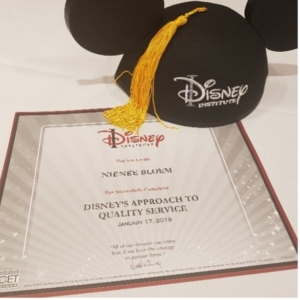 Minnie Mouse’s Birthday!
Minnie Mouse’s Birthday!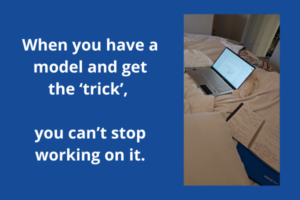

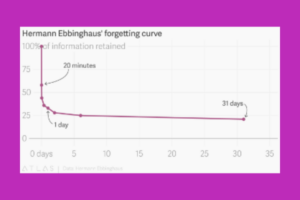
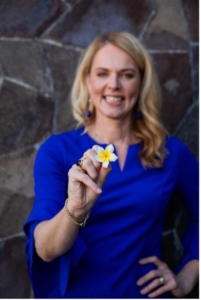
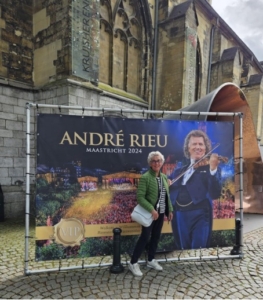
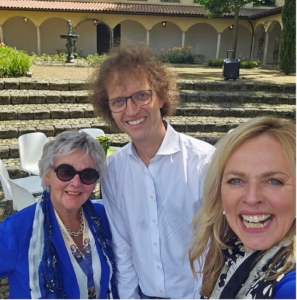 One of the most unexpected highlights was a tour of André Rieu’s castle, where his son Pierre greeted us like royalty. We toured the ground floor, enjoyed a slice of local ‘Vlaai’ in the beautiful garden, and even snapped a selfie with Pierre! Throughout, the immaculately dressed André Rieu Travel hostesses made sure we felt pampered.
One of the most unexpected highlights was a tour of André Rieu’s castle, where his son Pierre greeted us like royalty. We toured the ground floor, enjoyed a slice of local ‘Vlaai’ in the beautiful garden, and even snapped a selfie with Pierre! Throughout, the immaculately dressed André Rieu Travel hostesses made sure we felt pampered. e small touches reflected the careful planning that made the experience not only enjoyable but also stress-free. Every part of the evening was perfectly orchestrated, from dinner accompanied by members of the André Rieu orchestra to walking with our group to the Vrijthof concert venue, led by a brass band. Sitting in the second row, we enjoyed the music, fireworks, and the joyful atmosphere that culminated in afterparty drinks back at the hotel.
e small touches reflected the careful planning that made the experience not only enjoyable but also stress-free. Every part of the evening was perfectly orchestrated, from dinner accompanied by members of the André Rieu orchestra to walking with our group to the Vrijthof concert venue, led by a brass band. Sitting in the second row, we enjoyed the music, fireworks, and the joyful atmosphere that culminated in afterparty drinks back at the hotel.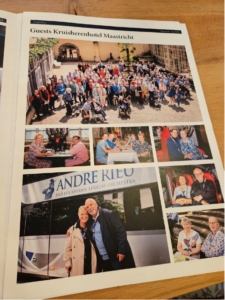 Just when I thought the experience couldn’t get any better, André Rieu Travel delivered one final surprise at breakfast. A five-star buffet was accompanied by an André Rieu newspaper, and there, on page three, was a picture of my mom and me among the VIP guests. It was an unforgettable end to an already magical journey.
Just when I thought the experience couldn’t get any better, André Rieu Travel delivered one final surprise at breakfast. A five-star buffet was accompanied by an André Rieu newspaper, and there, on page three, was a picture of my mom and me among the VIP guests. It was an unforgettable end to an already magical journey.